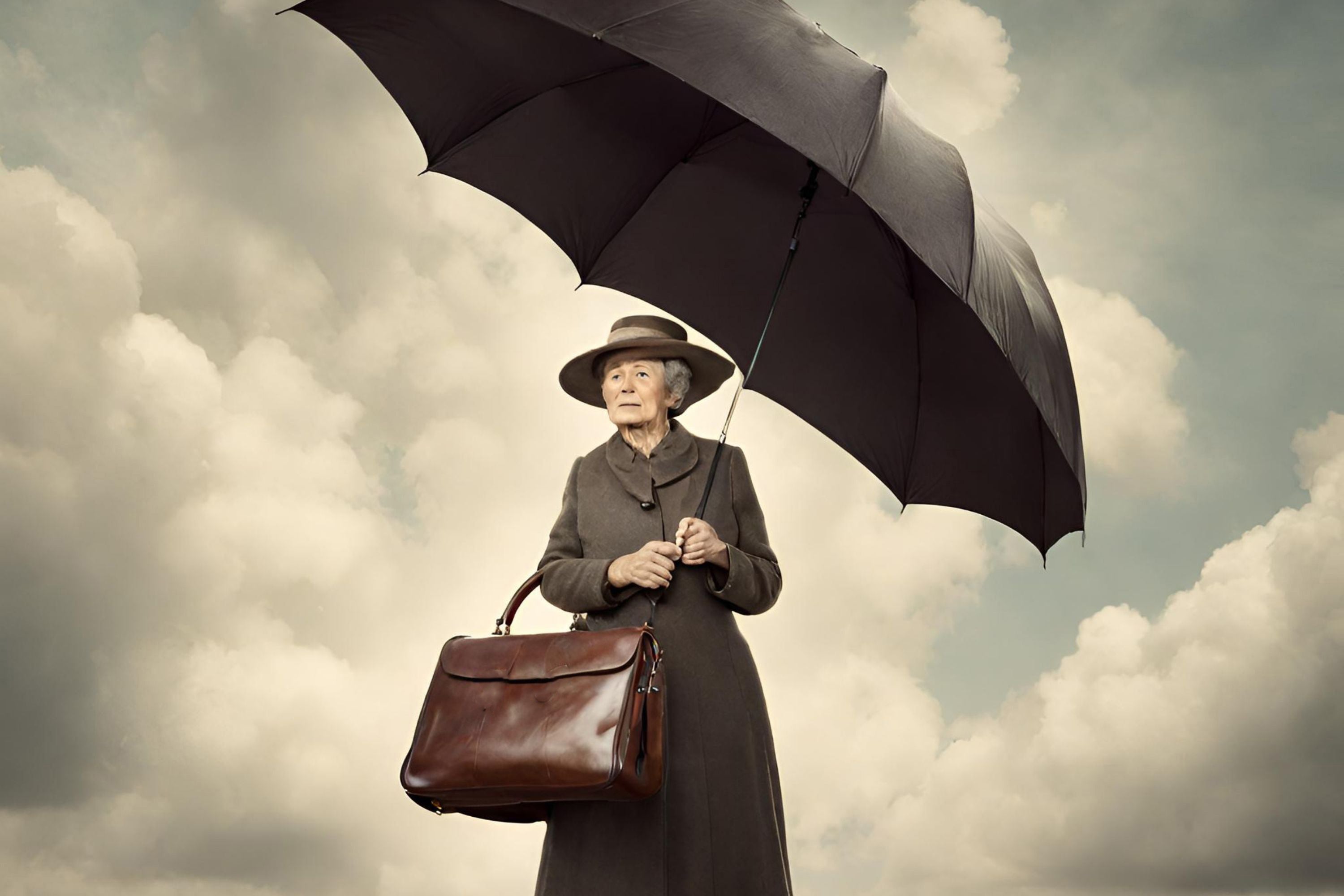Doctor bags hold a unique place in the collective imagination, symbolizing medical expertise, preparedness, and compassion. Across literature, film, and television, these iconic bags have served as visual cues, instantly recognizable symbols of the medical profession. From classic novels to Hollywood blockbusters, the portrayal of doctor bags in popular culture offers insights into societal attitudes towards medicine and the role of doctors. In this exploration, we delve into the rich tapestry of how doctor bags have been depicted in pop culture, examining their evolution, significance, and enduring appeal. Through the lens of literature, film, and television, we uncover the cultural resonance of these indispensable tools of the trade and their enduring portrayal as emblems of healing and heroism.
Classic novels often depict doctors carrying distinctive bags filled with essential medical tools and supplies. For example, in works like "Dr. Jekyll and Mr. Hyde" by Robert Louis Stevenson or "The Strange Case of Dr. Jekyll and Mr. Hyde," Dr. Jekyll may carry a bag symbolizing his profession and the duality of his character.
While not a doctor bag in the conventional sense, Mary Poppins' magical carpet bag deserves a mention for its iconic status in popular culture. In the beloved children's book and subsequent film adaptations, Mary Poppins pulls an astonishing array of items, including a full-size floor lamp and a potted plant, from her seemingly bottomless bag. While whimsical and fantastical, the bag symbolizes the boundless possibilities of imagination and the transformative power of care and kindness.
Doctor bags in literature can offer insights into the historical context of medicine and healthcare practices during the time period in which the story is set. Novels set in the past may feature doctor bags made of leather and containing rudimentary medical instruments, reflecting the limitations of medical knowledge and technology at the time.
In the acclaimed TV series Dr. Quinn, Medicine Woman, set in the American West during the late 19th century, Dr. Michaela Quinn, portrayed by Jane Seymour, is a pioneering female physician who challenges societal norms and delivers compassionate care to the frontier community. Central to her character is her worn leather medical satchel, which contains essential supplies for treating injuries and illnesses in rugged frontier conditions. Dr. Quinn's bag becomes a symbol of her resilience, determination, and dedication to her patients, embodying the spirit of frontier medicine and the pioneering spirit of women in healthcare. Through her iconic satchel, Dr. Quinn not only tends to the physical ailments of her patients but also represents hope and progress in an era of rapid change and uncertainty.

In the iconic science fiction series Star Trek, Dr. Leonard McCoy, the ship's chief medical officer, is rarely seen without his trusty medical kit. While not a traditional doctor bag in the conventional sense, McCoy's kit serves the same purpose, containing advanced medical instruments and technology. Beyond its futuristic design, McCoy's medical kit symbolizes the universal values of healing and humanitarianism, reflecting the franchise's optimistic vision of a future.
In cinema, doctor bags are more than mere props; they are visual motifs that resonate with audiences on multiple levels, evoking themes of professionalism, heroism, and the triumph of human ingenuity over adversity. Whether featured in heart-pounding medical thrillers or poignant dramas exploring the human condition, doctor bags play an indispensable role in shaping the cinematic landscape and capturing the imagination of viewers around the world.
In drama Awakenings (1990) based on a true story, Robin Williams portrays Dr. Malcolm Sayer, a neurologist who discovers a new treatment for catatonic patients. Dr. Sayer is often shown carrying a doctor bag containing the medications and equipment necessary for his groundbreaking research and treatment methods.

In medical thriller Cantagion (2011) directed by Steven Soderbergh, various characters, including medical professionals and researchers, are depicted carrying doctor bags containing protective gear, medications, and diagnostic tools as they race to contain a deadly viral outbreak.
In each of these instances, the doctor bag serves as more than just a practical accessory; it becomes a potent symbol of healing, authority, and humanity. Whether depicted in a historical drama, a futuristic sci-fi epic, or a whimsical fantasy, the doctor bag transcends its physical form to embody timeless ideals and values associated with the medical profession. By exploring these iconic moments in pop culture, we gain a deeper appreciation for the enduring significance of the doctor bag and its role in shaping our collective imagination of doctors and medicine.

